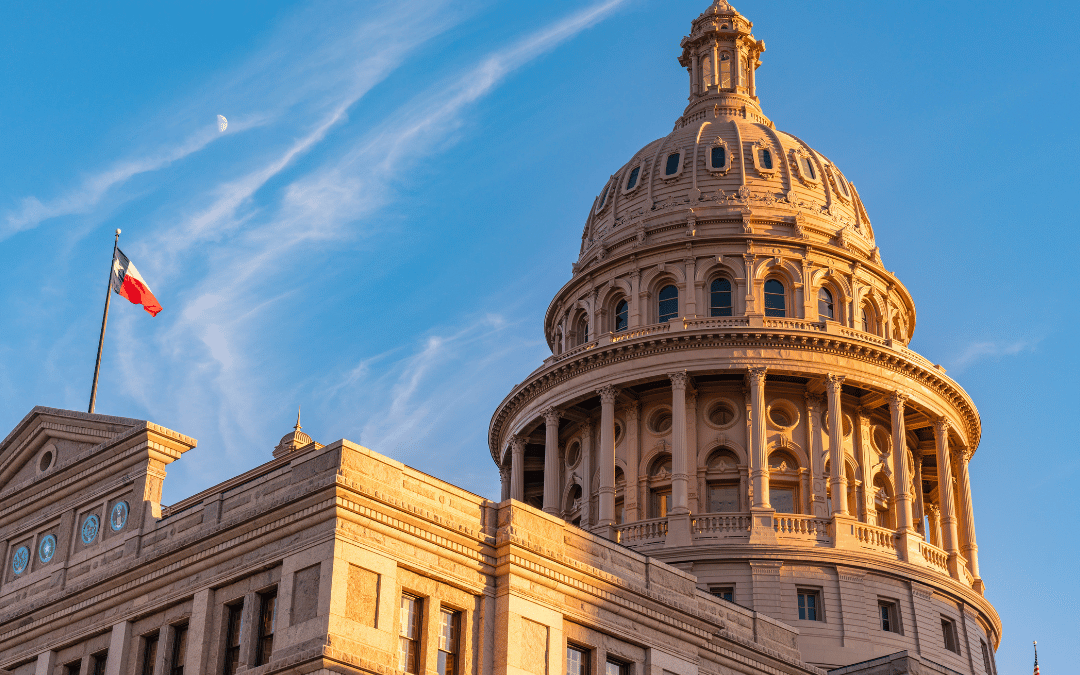The state of Texas has made its mark in the world of college sports by enacting one of the most significant Name, Image, and Likeness (NIL) laws in the country. Known for its powerhouse college programs and deep love for football and athletics, Texas took action to support student-athletes while also protecting its universities from losing ground in the national NIL race.
In this article, we’ll break down the Texas NIL law in detail, discuss its evolution since its passage, and explore its implications for student-athletes, schools, and potential sponsors.
What is NIL?
Before diving into the Texas law, it’s important to understand what NIL actually means. NIL stands for “Name, Image, and Likeness.” These are the elements that make up a person’s public identity. For years, college athletes were not allowed to earn money from these aspects of their identity, even as their schools and the NCAA profited from their performances.
In 2021, the NCAA lifted its ban on NIL deals, allowing student-athletes to receive compensation for endorsements, sponsorships, social media content, personal appearances, autographs, and other similar activities. But it left many details up to each state. That’s where Texas stepped in.
How Texas Approached NIL
Texas was one of the early states to pass NIL legislation. Governor Greg Abbott signed the bill into law in June 2021, and it went into effect on July 1 of the same year. At the time, the bill allowed student-athletes to earn compensation from their NIL, but it imposed several restrictions on how deals could be structured.
Under the original law, athletes could not enter NIL agreements that conflicted with existing school contracts. For example, if a school had an exclusive contract with Nike, the athlete could not strike a personal deal with Adidas. Student-athletes also could not promote alcohol, tobacco, or gambling products.
Another key restriction was that universities could not directly arrange or facilitate NIL deals for their athletes. This limitation was intended to prevent booster-driven recruiting wars and ensure that NIL remained separate from official athletic operations. However, it quickly became clear that this rule put Texas schools at a competitive disadvantage.
The 2023 Amendments
As NIL exploded across the country, Texas realized its schools were falling behind in the NIL arms race. Other states, including Alabama, Arkansas, and Oklahoma, had begun to repeal or weaken their own NIL laws to give their schools more flexibility. In response, Texas passed significant amendments to its law in 2023.
The updated version of the law, which took effect in September 2023, granted public universities greater autonomy. It allowed school-affiliated NIL collectives to work closely with athletes. These collectives are donor-supported organizations that help student-athletes secure deals. Under the revised law, collectives can now work in cooperation with the school, as long as there’s no direct promise tied to recruitment.
This was a major shift. Schools can now provide guidance, education, and resources to their athletes regarding NIL deals. They can bring in legal teams, financial advisors, and marketing professionals to ensure athletes are protected and understand what they are signing.
In addition, schools now have legal protection when helping student-athletes with NIL. They cannot be held liable for damages that might arise from deals arranged by collectives. This gives them confidence to take a more active role in the NIL space.
The Role of NIL Collectives
NIL collectives are now at the heart of the Texas NIL ecosystem. These groups are often formed by alumni, boosters, and business leaders who want to see their teams succeed. While the NCAA still prohibits pay-for-play or inducements to commit to a specific school, collectives are allowed to pay current athletes for legitimate NIL activity.
Texas schools have quickly adapted. The University of Texas has multiple collectives supporting its athletes. Texas A&M has also leaned into this model. These collectives fund everything from appearances and charitable work to digital content creation and brand collaborations.
By allowing coordination between schools and collectives, the Texas law ensures that student-athletes can benefit from NIL opportunities while staying compliant with both state law and NCAA rules.
What It Means for Student-Athletes
The impact on student-athletes has been massive. College athletes in Texas can now earn money through:
- Sponsorship deals with local and national brands
- Social media endorsements and promotions
- Paid autograph signings
- Hosting youth camps and training sessions
- Merchandising and personal branding
Athletes are also learning more about taxes, business contracts, and personal finance than ever before. Many schools are incorporating NIL education into their support services. This helps young athletes navigate the business side of sports and sets them up for long-term success.
Another benefit is that athletes no longer need to choose between building their brand and keeping their eligibility. The law protects their right to earn income without jeopardizing their scholarship or standing on the team.
Impact on High School Athletes
Currently, high school athletes in Texas are prohibited from profiting from NIL while maintaining their eligibility to compete in University Interscholastic League (UIL) events. The UIL has made it clear that NIL rights apply only to college-level student-athletes. If a high school athlete signs an NIL deal, they risk losing their eligibility to play in high school sports.
This has created confusion and frustration, especially as nearby states begin to loosen restrictions. However, pressure is building to reconsider this stance. As the landscape changes, it’s possible Texas will revisit the rule for high school athletes in the future.
Recent Changes and Updates to Texas NIL Law
Recent changes to the Texas NIL law have made it easier for schools and affiliated organizations to support student-athletes financially while staying compliant with NCAA policy. With the passage of House Bill 2804 and updates tied to Senate Bill 1385, Texas now allows schools to directly support NIL collectives and even promote them on campus. This shift provides student-athletes with better access to compensation opportunities, including pre-enrollment payments that don’t affect their eligibility. Under the new rules, conversations about NIL during recruiting are allowed, as long as they are transparent and not tied to a guaranteed scholarship. The law also outlines how 501(c)(3) charitable organizations can be involved, allowing athletes to receive money in exchange for promoting causes or participating in community events. These updates make revenue-sharing models and student-athlete compensation more accessible and organized, helping Texas schools stay competitive and compliant.
The Business and Legal Landscape
The Texas NIL law also matters to businesses and sponsors. It offers clarity and protection when partnering with student-athletes. Companies must ensure that deals are for fair market value and related to actual NIL use. They cannot use NIL as a tool for recruiting or compensation for performance.
Legal professionals in Texas are also seeing increased demand for NIL-related services. Contract review, brand management, and intellectual property protection are becoming essential parts of the college sports business.
Future Developments and Next Steps
The future of Texas NIL regulations remains a hot topic. Lawmakers continue to explore ways to balance opportunity for student-athletes with fairness across programs. One bill gaining attention is Texas HB 2804, which could bring further changes to how NIL deals are managed and reported. Discussions are also taking place at the national level, where some are advocating for consistent NIL rules across all states. The U.S. Department of Education has weighed in on Title IX concerns, especially around ensuring equal opportunities for female student-athletes. Universities in Texas are closely watching, as any shift in national or state NIL laws could impact their ability to support students. Long-term professional development for athletes is also part of the conversation. Many schools are focused on helping students build skills beyond sports, using NIL as a tool to prepare them for life after college.
The Bigger Picture
Texas took bold steps to ensure that its athletes and schools remain competitive in the NIL era. By giving schools more power to work with collectives and support athletes, the law reflects the growing reality that college sports are as much about business as they are about competition.
At the same time, it maintains safeguards to ensure fair play and protect athletes from exploitation. The evolution of this law demonstrates how rapidly NIL is transforming the landscape of college athletics and underscores the need for states to continue adapting.
As more money enters the NIL space and the NCAA continues to adjust its approach, we can expect further changes. For now, Texas has positioned itself as a leader in the NIL movement, offering a model that strikes a balance between the freedom of athletes and the structure required by schools and sponsors.


